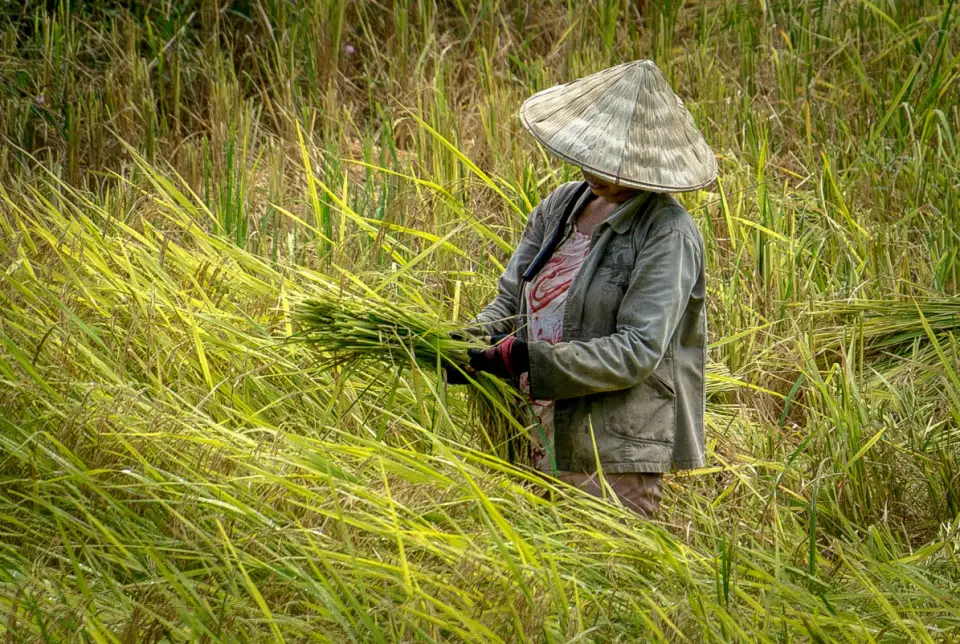The price of Vietnam's 5% broken rice has fallen to $434 per ton, marking the lowest level in four years, posing challenges for businesses and farmers.
According to the Vietnam Food Association, the price of Vietnam's 5% broken rice is now lower than its main competitors, such as Thailand (479),India(479),India(440), and Pakistan ($448) per ton.
The sharp decline in Vietnam's rice export prices is attributed to several factors, including reduced import policies by major rice-importing countries, which are avoiding high-price purchases and, in some cases, even announcing plans to halt rice imports in 2025.
A representative from the Food Association stated that the Philippines and Indonesia, two of Vietnam's main rice buyers, have increased their imports in 2024 to ensure short-term food security stocks. As a result, they are not in a hurry to purchase Vietnamese rice at the moment but are waiting for prices to fall further.
India's recent decision to resume rice exports, coupled with its ample supply and competitive prices, has also significantly impacted the global market, including Vietnam.
Reports indicate that the Philippines is negotiating a contract to import more rice from India.
Private buyers in the Philippines often purchase limited quantities of Vietnamese rice due to financial balancing, cash flow issues, or bank debt repayments, further cooling the market.
In the near future, as the 2024-2025 winter-spring crop reaches its peak harvest, rice prices are expected to face further downward pressure.
According to businesses, due to the competition from cheaper rice from India, the prices of Vietnam’s 5% and 25% broken rice may continue to decline in 2025.
According to data from the U.S. Department of Agriculture, global rice supply is expected to increase significantly this year, with production expected to reach a record 530 million tons, an increase of 3.1 million tons from previous forecasts.
The increase in supply is mainly attributed to India lifting its ban on the export of non-Basmati white rice, with exports expected to reach 21-22 million tons by 2025, 5 million tons more than in 2024.
In addition to India, other countries such as Egypt, Guyana, Japan, and Venezuela have also contributed to the increase in production. However, the Philippines is an exception, with its production expected to decline.
To maintain and expand market share, rice-exporting countries need to adopt flexible market access strategies, focus on improving product quality, and explore new markets.


